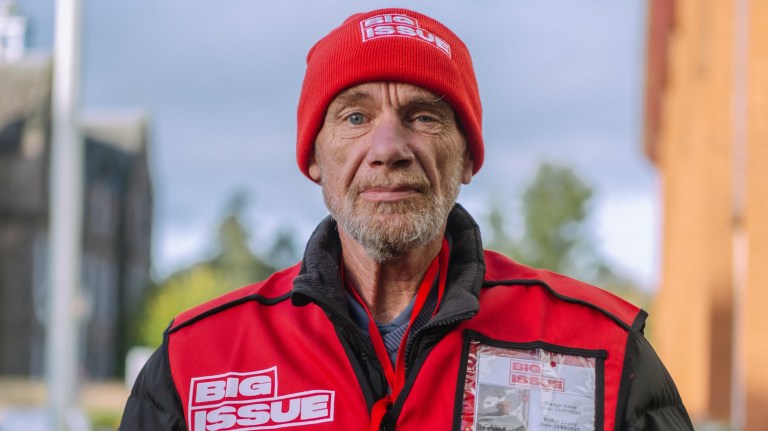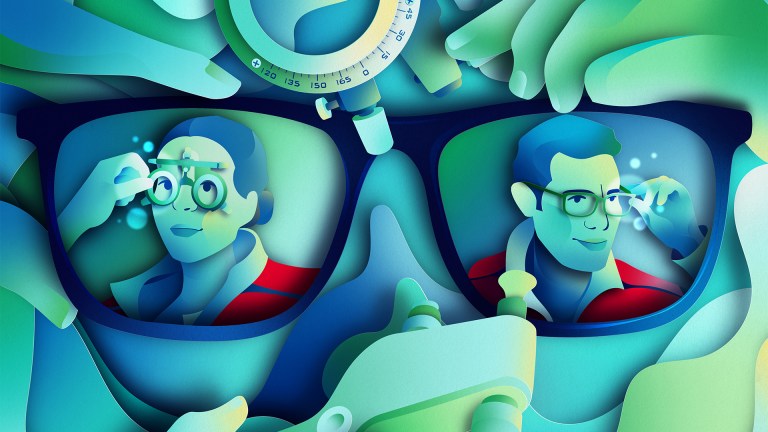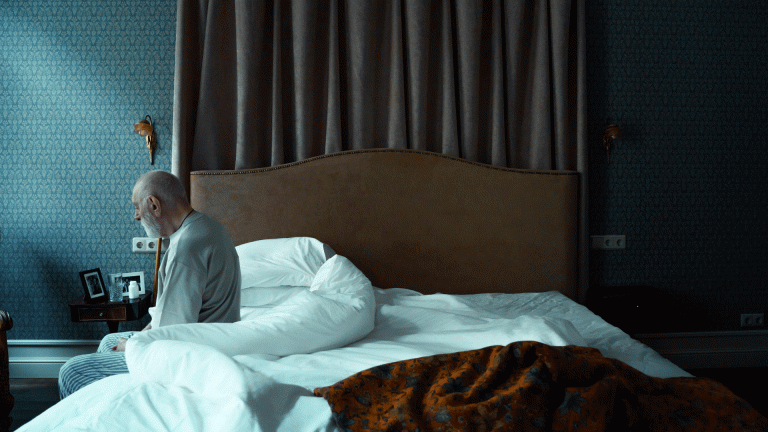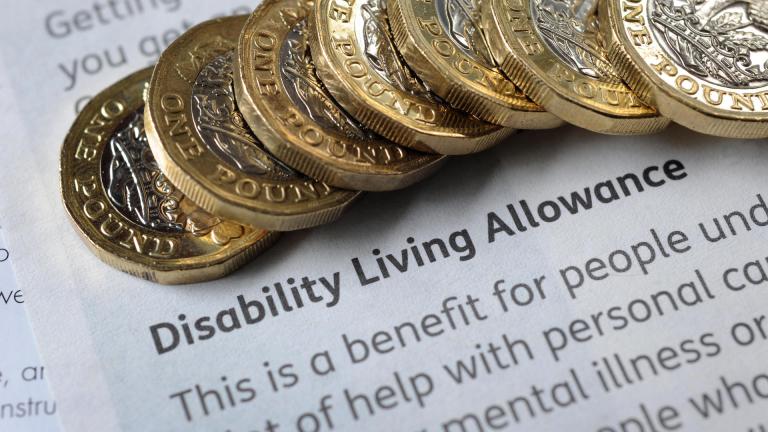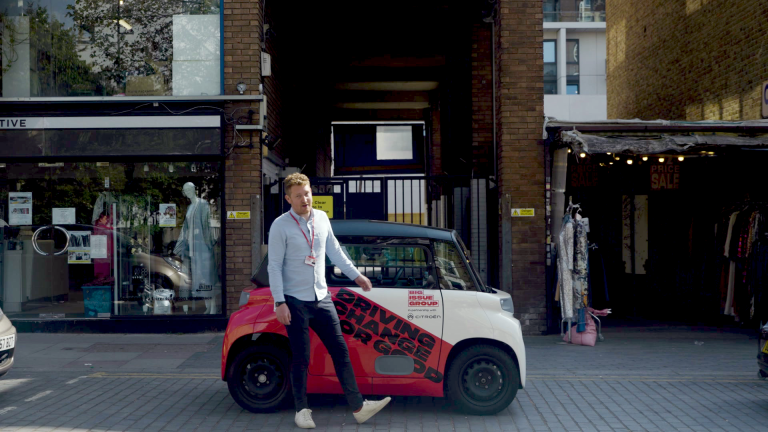Edinburgh celebrates its 900th anniversary this year. Over the centuries it became one of the most influential centres of civilisation. One of its many famous sons was Sir Patrick Geddes, whose urban planning ideas are the kind we need to rediscover.
Patrick Geddes lived from 1854 to 1932. He is called the father of town planning and of conservation, but that just scratches the surface.
Though Geddes worked across the world in India, Palestine, France and North America, Edinburgh was his home and his focus for real-life action and experiment. In this 900th anniversary of Edinburgh as an official town, it’s right to tap again into his future thinking. Tired of seeing the specialisms of engineering, architecture, gardening and sanitation working independently, Geddes looked to a more cohesive approach, inspired by ecology and the interconnectedness of natural systems – a view another Scot, John Muir, espoused at the same time in the United States.
Let’s start with the buildings. At a time when the Victorians were flattening much of old Edinburgh, Geddes saved the character and identity of the Old Town.
If this seems a big boast think of just one area at the top of the Royal Mile. Geddes personally led the charge to save the Outlook Tower, Allan Ramsay’s ‘Goose-pie’ Lodge, Riddle’s Court and Mylnes Court. He raised the money to do this without official support, bankrupting himself in the process till friends and supporters rallied round to help, founding what would now be called a housing association. But there is a big misunderstanding about all this that persists even today.
- Edinburgh Fringe should be affordable for all – acts and audience alike
- Labour’s new towns plans is a start on housing crisis – but much more is needed, experts say
- European cafe culture and green, public spaces: A look at the not-too-distant future of UK cities
Geddes did NOT save those buildings in order to preserve the past, like a museum. He did it to create a better future. In each case Geddes had a social or cultural purpose. He founded the Outlook Tower with its Camera Obscura as a living museum. The tenements he saved in Mylnes Court were used for fair rent social housing, and in due course for residences so that students could live in a community as well as study together.

